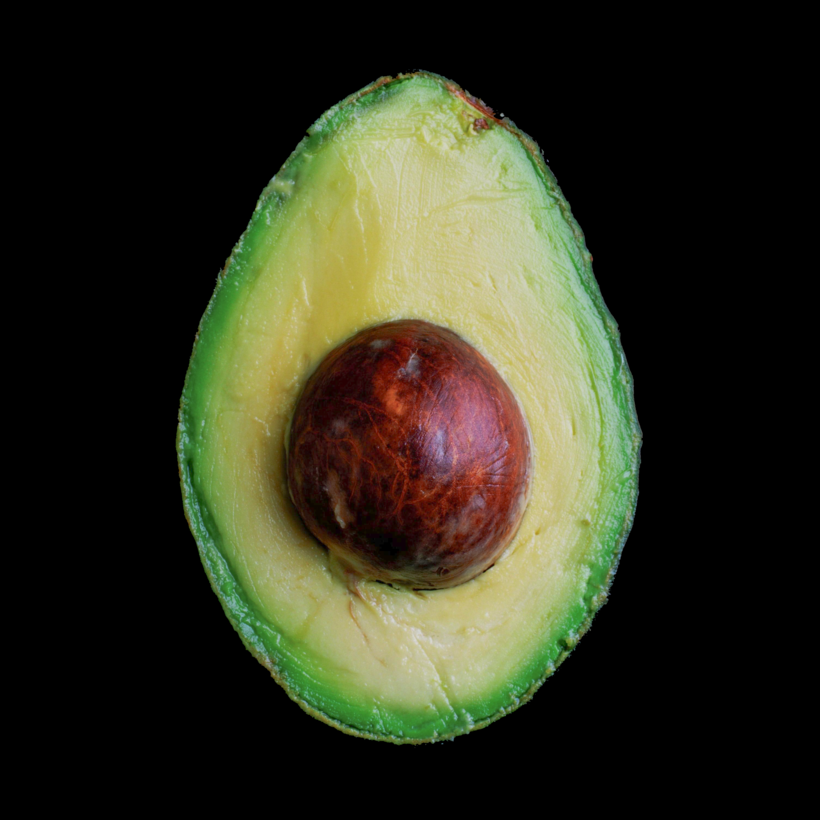We grew up in a small Southern California town where avocados covered the hillsides. When we went East for college in the 80s, we couldn’t find good avocados anywhere. Now Americans eat close to three billion a year, and the avocado has become a familiar sight across the globe. What sparked the world’s most spectacular superfood phenomenon?
To satisfy our curiosity, we did a little research and were surprised to uncover all the elements of an epic: greed, passion, adventure, friendship, and war.
In order to tell the avocado’s story in our book, Green Gold: The Avocado’s Remarkable Journey from Humble Superfood to Toast of a Nation, we investigated the fruit’s role in trade politics, cartel violence, climate change, social-media frenzies, and international marketing. Avocado facts and figures accumulated, but we struggled to find a clear path for moving forward. In the end, a tree showed us the way.
It turned out that the history of the avocado’s rise actually lay not in the fruit itself but in the tree that bore it. The avocado’s global fame began with the Fuerte, an ordinary dooryard avocado tree born in Atlixco, Mexico, and its progeny, grown in California.
Our story grew as we became acquainted with the characters who nurtured and propagated the Fuerte. Soon we divided the book into two parts, in honor of the featured protagonists: the Fuerte, a Mexican immigrant to the United States, and the Hass, an American-born avocado that later traveled to Mexico. The avocado’s remarkable journey would unfold through the people who endeavored to find the perfect avocado.
Fred Popenoe, an entrepreneur and plant-nursery owner from Topeka, Kansas, and his son,Wilson, brought the Fuerte avocado from Mexico to California in 1911. Four years later, at the inaugural meeting of the California Avocado Association, in Los Angeles’s elegant Hotel Alexandria, Fred and fellow avocado pioneers discussed the health benefits of their favorite fruit, rich enough to serve as a meat substitute and packed with nutrients. After speeches, members admired specimen seedling trees assembled in the ballroom and congregated around a table offering avocado oils, avocado flour, and candied avocado seeds. Refreshments included avocado sandwiches, avocado cocktails, and avocado salads. Guests left with recipes for new treats, such as avocado toast and avocado ice cream.

These passionate growers, scientists, entrepreneurs, and university professors launched a race to find the variety best suited to developing an industry. Each championed his or her pet fruit. The Popenoes loved their tasty, winter-bearing Fuerte, the leading variety. Fellow “avocrank” Bert Rideout, a farmer from Whittier, California, pushed the Lyon, known for its prolific bearing. Nurseryman C. P. Taft felt strongly about his eponymous Guatemalan variety. The growers treated their trees as living beings with personalities, excusing quirks such as erratic fruit production, and heroizing qualities such as flavor and thick skin to withstand shipping.
In 1938, members of the California Avocado Association made a pilgrimage to Mexico as a gesture of gratitude to the original Fuerte tree and its owner. The town of Atlixco rolled out the red carpet, and like us, a skeptical local reporter was swept up by the emotion. Jorge Labra, writing for Diario de Yucatan, described the crowd of diplomats from both countries and the heroic tree itself, which was “silent and solemn” as it “received the homage, listening attentively to the speeches and feeling a shudder of satisfaction run through its rough trunk when Governor Avila Comacho unveiled the plaque in its honor.”
The book was nearly halfway done before we realized the trees had won us over, too. We admired their fortitude in times of drought and disease—just as their caretakers had. We grieved alongside the growers when hard frosts knocked out orchards every decade or so. The highlights of the tree’s life were equally memorable.
As a parting gift to the American visitors, a Mexican artist painted the Fuerte’s portrait in oil. Ten years later, the old tree died, and the association planned another tour to present Mexico with 15 seedling Fuertes, grandchildren of the original tree.
The Fuerte reigned supreme as the leader of all commercial avocado varieties until the early 1970s, when the Hass—a purple-black, thick-skinned, creamier variety first planted by postal worker and amateur horticulturist Rudolph Hass in 1926— surpassed it in spectacular fashion. Today, new tree varieties vie for attention as scientists struggle to lower the fruit’s carbon footprint and farmers work on reducing water usage, both of which are pressing issues in the regions where avocados are grown. Cryopreservation botanists dream of growing an eco-friendly avocado in a laboratory beaker, geneticists look to the avocado genome, and agronomists experiment with promising varieties in university orchards.
More than a century after the Popenoes’ first journey across the border, the quest for the ideal avocado tree continues.
Sarah Allaback is an Amherst, Massachusetts–based architectural historian
Monique F. Parsons is a Chicago-based journalist

